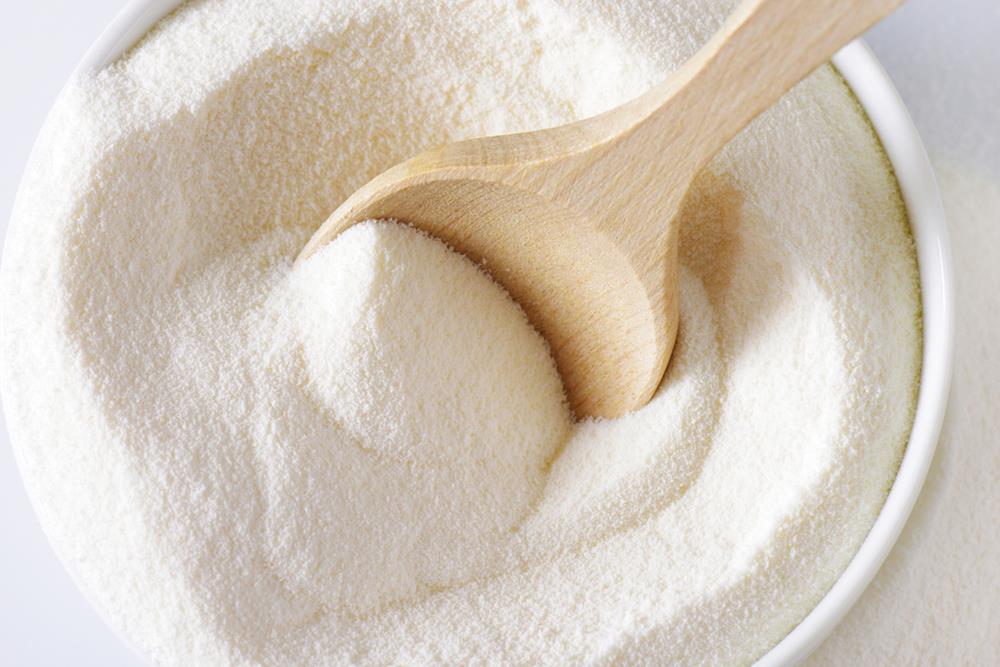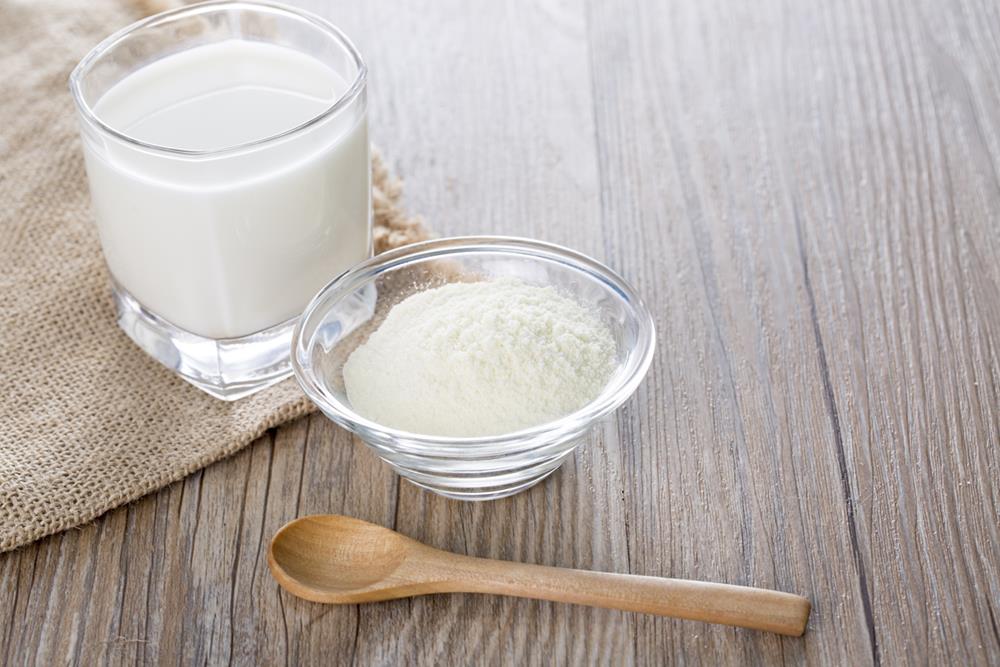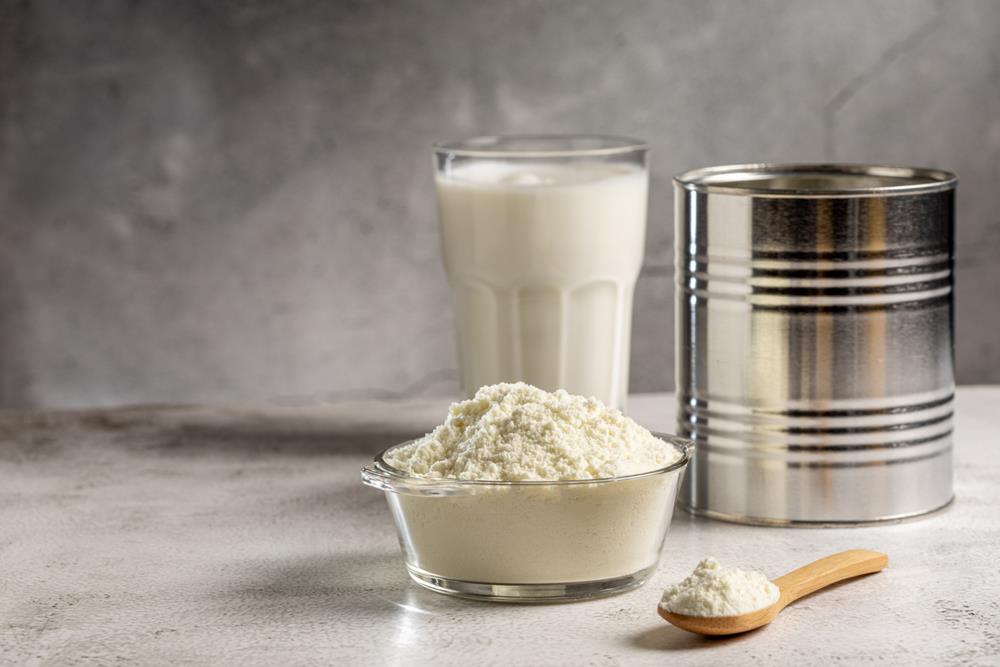Freeze-Dried Milk: A Smart Addition to Your Pantry

Whether you're building an emergency food supply, preparing for unpredictable grocery shortages, or just looking for a convenient alternative to fresh milk, freeze-dried milk is a practical and reliable solution. Lightweight, shelf-stable, and packed with nutrients, it’s quickly becoming a go-to pantry staple for preppers, campers, and everyday home cooks alike.
In this article, we’ll break down the benefits of freeze-dried milk, how it compares to other milk alternatives, and why it deserves a permanent spot in your long-term storage or everyday meal planning routine.
Understanding Freeze-Dried Milk

Freeze-dried milk is all about preserving both nutrition and flavor while extending shelf life. The process, known as lyophilization, involves freezing the milk and then placing it in a vacuum chamber to gently remove moisture without compromising its nutrients.
This method allows freeze-dried milk to retain essential proteins, vitamins, and minerals, making it a reliable, shelf-stable alternative to fresh milk. It's a great choice for emergency preparedness, long-term food storage, or everyday convenience.
Thanks to its low moisture content, freeze-dried milk can last several years when stored properly—without refrigeration. When you're ready to use it, just add water to the powdered or flaked milk to recreate a milk-like texture and taste.
For those with access to home freeze-drying equipment, making your own freeze-dried milk can be an efficient way to preserve surplus milk and reduce waste.
Comparing Freeze-Dried Milk and Powdered Milk
While both freeze-dried and powdered milk offer convenient alternatives to fresh milk, the way they’re processed creates notable differences in nutrition, texture, and shelf life.
Freeze-dried milk is processed at low temperatures, which helps preserve more vitamins, minerals, and proteins, keeping its nutritional profile closer to that of fresh milk. It also tends to rehydrate more smoothly, with fewer clumps and a texture that more closely mimics fresh milk.
Powdered milk, on the other hand, is made using higher heat, which can result in some nutrient loss and a slightly more processed taste. It may also be more prone to clumping during rehydration.
In terms of storage, freeze-dried milk has the edge, often lasting longer when kept in proper conditions. Both types are versatile for cooking and baking, though freeze-dried milk may require slightly different water ratios when reconstituted.
Ultimately, freeze-dried milk is ideal for those prioritizing nutrition, taste, and long-term storage, while powdered milk remains a solid, budget-friendly option.
Advantages of Freeze-Dried Milk

With its impressive shelf life of three years or more when stored properly, freeze-dried milk stands out as an ideal choice for long-term pantry stocking and emergency preparedness.
This product offers multiple advantages that make it a smart inclusion to your kitchen:
- Nutritional Value: Thanks to preservation methods, freeze-dried milk retains the flavor and nutrients of fresh milk, providing vital vitamins and proteins.
- Lightweight and Compact: Its lightweight nature makes it easy to transport and store, saving valuable space in your pantry.
- Culinary Applications: Versatile for baking, cooking, and smoothies, it fits seamlessly into numerous recipes.
- No Refrigeration Needed: Prior to being rehydrated, freeze-dried milk doesn't require refrigeration, cutting down on food waste and storage demands.
Steps to Freeze Dry Milk at Home

Freeze-drying milk at home is a simple and effective way to create a long-lasting, shelf-stable dairy option for your pantry. Here’s how to do it properly:
Prepare the Milk: Pour your preferred milk into the trays of your home freeze dryer. You can also freeze the milk in silicone molds beforehand and place the solid cubes onto the trays. Avoid overfilling to prevent overflow and ensure even drying.
Begin the Freeze-Drying Cycle: Make sure the milk is fully frozen before starting the drying cycle. Depending on your machine and the milk type, the process typically takes 24 to 36 hours.
Check for Completion: Once the cycle finishes, confirm the milk is completely dry and brittle. If any moisture remains, re-run the cycle to avoid spoilage.
Powder and Store: Blend the dried milk into a fine powder using a blender or food processor. Store the powder in airtight containers like mason jars or Mylar bags with oxygen absorbers to maintain freshness and extend shelf life.
Avoid Cross-Contamination: For best flavor, run your freeze dryer after neutral-scented foods (like fruits or vegetables) to prevent lingering odors from affecting the milk.
With proper storage, your homemade freeze-dried milk can last years, making it a smart addition to your food preservation toolkit.
Rehydrating and Using Freeze-Dried Milk
When you’re ready to use freeze-dried milk, rehydrating it's a simple process that guarantees you retain its nutritional benefits. Just mix 1/4 cup of the powder with 1 cup of warm water, stirring until it’s fully dissolved.
Store the rehydrated milk in the refrigerator for up to a few days. Here are some ways to enjoy and customize it:
- Smoothies: Add rehydrated milk for a creamy, nutritious base.
- Recipes: Substitute it in pancakes, cereals, and other dishes for convenience.
- Customization: Adjust the powder amount for your desired thickness or creaminess.
- Overnight: For peak taste, let it sit in the refrigerator overnight before use.
These methods guarantee your freeze-dried milk fits seamlessly into your daily routine.
Considerations for Purchasing a Freeze Dryer
If you're thinking about adding a freeze dryer to your home setup, it's important to consider a few key factors to ensure you're making a smart, long-term investment.
Cost: Home freeze dryers typically range from $2,000 to $4,000, so budget carefully and consider how often you’ll use it to justify the investment.
Capacity: Choose a model that suits your needs—most home units can handle 7 to 10 pounds of fresh food per batch, making them ideal for prepping larger quantities.
Ease of Use: Look for units with automatic cycles and intuitive controls to simplify the freeze-drying process, especially if you're new to it.
Energy Consumption: Most models draw 600 to 1,200 watts, which can impact your electricity bill—especially with longer run times of 24 to 36 hours.
Reliability and Warranty: Check customer reviews for performance feedback, and make sure the unit comes with a solid warranty to protect your investment.
A quality freeze dryer can be a powerful tool for long-term food preservation, giving you the ability to store milk, fruits, vegetables, and even full meals for years with minimal loss in nutrition or flavor.




